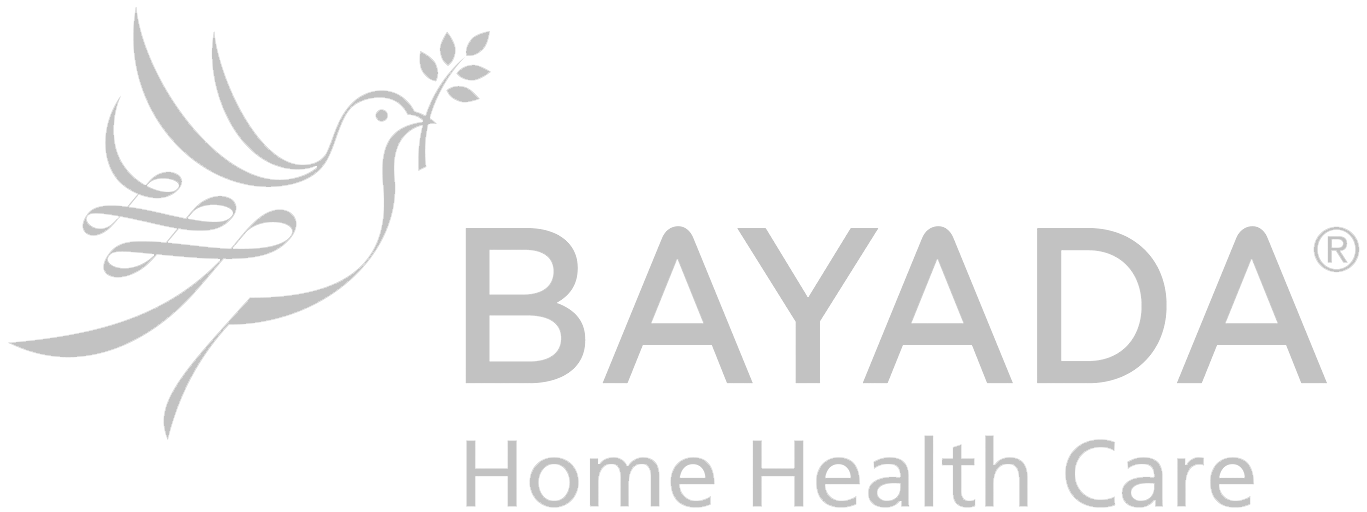What is Call Center Queue Time and What Impacts It?
- byNick DAlleva
- onApril 23, 2019
- inCall Center Operations
Even those companies who have been utilizing call center services for years may not understand the way queues, or hold times, work. If every operator is on the phone, what happens to the call? Can a call center always deliver zero minute queues regardless of the time of day? How long can someone wait on hold without losing their mind? In this post, we’ll explore some common misconceptions about queue times, plus provide some ways you can help improve hold times at the call center level.
What is a call center queue?
“Your call is very important to us. Please hold for the next representative.” If you’ve ever heard that when calling a business, you’ve been placed in a hold queue. Essentially, a hold queue is a lineup of callers waiting for their call to be answered by a live agent, and unfortunately people experience them every day.
To help combat hold times and decrease call abandonment rates, call centers work with various technologies to help make sure callers are helped as quickly and as efficiently as possible. Through the use of FIFO (first in, first out), operators are able to assist the callers in their lineup who have been waiting the longest. In addition, ACD (automatic call distributions) allow calls to be distributed to specific agents depending on the type of call, for example:
- Spanish or bilingual agents: Spanish speakers could press 1 to be connected to a bilingual rep. Through the ACD, that call would automatically be assigned to the next available bilingual representative.
- Female only: For businesses or organizations that cater to a female population like OBGYNs or sexual assault hotlines, you may want to see if your call center can route your calls to a female only population.
- Remote agents: To help cut down on queue times, many call centers will hire remote agents to work from home. However, these agents may not be able to access all of the same systems that in-house agents can. So, particular accounts that don’t require agents to access websites or internal software can be routed out to remote agents.
- More experienced agents: Just like with any other profession, some agents are just better than others, which means they can handle more advanced accounts. Routing complex accounts to the experienced agents will allow less experienced agents to handle more basic accounts, getting them on and off the phone quickly.
ACD systems make it easy for staff to triage calls which will help the call center cut down on queue times. Additionally, call center reps that are able to resolve issues through first call resolution tactics can help decrease the amount of call backs, thus reducing holds.
Are no hold times a thing?
Although your small mom and pop shop may not have holds, things are a bit different at the call center level. Essentially, call centers always have calls coming to them, and unless the call center has thousands of agents available to answer at any given time, there are going to be occasional holds.
However, a call center that is on top of monitoring various statistics will have significantly lower hold times than other call centers who are not as equipped. Some examples of monitored statistics include:
- Average talk time: By monitoring the average talk time, aka the average amount of time agents are spending on phone calls, call center managers are able to distribute calls more evenly among other distributions of agents.
- Average peak time: Generally speaking, all call centers have peak times of when they get large influxes of calls. This could be in the morning, it could be in the afternoon, or it could be both. When a call center is able to prepare for those peak times, they can staff up accordingly and thus decrease holds.
- Number of agents: The number of agents currently answering phones has a direct correlation to the amount of holds there are, or aren’t. Since call centers can’t control who will call out sick each day, they must monitor all available agents, and coordinate with them to ensure not too many operators are leaving their workstations at once to go to the bathroom, on break, etc. Some agents may be asked to come in early, stay late, or even come in on their day off.
- Previous volume: While call center managers can’t predict the future, they can get a general idea of volume by looking at and comparing previous dates. For example, if a holiday is approaching, a call center can look at the amount of calls that came in last year for that holiday and guesstimate the amount of agents that will be needed this year.
If call queues can’t be avoided, can they be made tolerable?
While queues can’t be totally eliminated, they can definitely be made more tolerable through a number of different ways, including:
- Customized greetings: If your call center is experiencing a hold, you don’t want your customers to go right to hold music, as they may not know that they’ve even reached the right place. By adding a custom greeting that says your company name, customers will be less likely to hang up.
- Upbeat hold music: Elevator music is great for when you’re on an elevator, but it’s not so great to listen to when you’re on hold, especially if it’s for more than a few seconds. Businesses that have upbeat hold music have a higher chance of callers staying on the line. Switching up your music every so often is also a nice change of pace!
- IVR systems: Automated systems like IVR allows the caller to help themselves if speaking to a live person isn’t necessary, like if they’re calling to check an account balance.
- Virtual queuing software: Allows the caller to listen to an automated message which informs them of the estimated wait time. From here the caller can decide to wait, they can decide to leave a message, or they can opt for a call back. So, even though the caller has to wait for assistance, they are able to decide the method in which they choose to wait
- Custom hold messages: While some call centers allow their customers to add custom greetings, some call centers may allow the businesses they serve to add custom hold messages or music, Your message could say something like “Thank you for calling ABC Plumbing, we’re experiencing some unusual holds at the moment but if you hang tight we’ll be with you in a moment.”
How can I protect a call center from having hold times?
Believe it or not, as a customer you have more power over the hold times the call center experiences than you think.
- Alert your call center of volume spikes: If you’re expecting a large spike in call volume for something like a telethon or a new campaign you’re airing, let your call center know at least 2 weeks in advance so they can staff up accordingly.
- Alert your call center of any changes: If you typically use your call center after hours but will be going on vacation or expecting a bad storm and will be forwarding around the clock, let your call center know as far in advance as possible so they can prepare for the change.
- Maintain a great knowledge base to reduce calls: The best way to reduce customer calls is to allow callers to help answer their own questions via a help desk they can access online. First you’ll need to determine what questions people are asking the most, and then write articles that answer those questions. The articles could include tutorials like how your customers can pay a bill online or make a change in their portal, or maybe they could include frequently asked questions about your capabilities and other general information.
- Keep your information up to date to eliminate calls: In addition to maintaining an online help desk, you’ll also want to make sure all of that data stays up to date. That means if something changes within your business, like your prices, you’ll want to make sure that information is changed everywhere. The last thing you want is to have conflicting information listed throughout your website, as that causes more confusion and thus more phone calls!
- Open alternate channels for support: Live support is great, but it’s not the only means of communication. Some users prefer speaking through live chat, email, or even helping themselves via an automated system. You can not only cut down on your own call lengths, but you can also help cut down on queues while giving your customers multiple options for support.
- Listen to recordings and optimize scripts: If your call center allows you to listen to your calls via an online portal, listen to them! These calls will give you great insight into what is working and what is not. If you’re having your operators ask an unnecessary amount of questions for each call, it’s not only going to annoy your callers and eat up your time, but it’s also going to take them away from answering other calls – thus adding to the queue.
Get started with SAS. Free 14-day call center trial.

Live call center support grows brands.
24/7 live call center services let you engage with your customers around the click. Grow your business and strengthen your brand with SAS.




